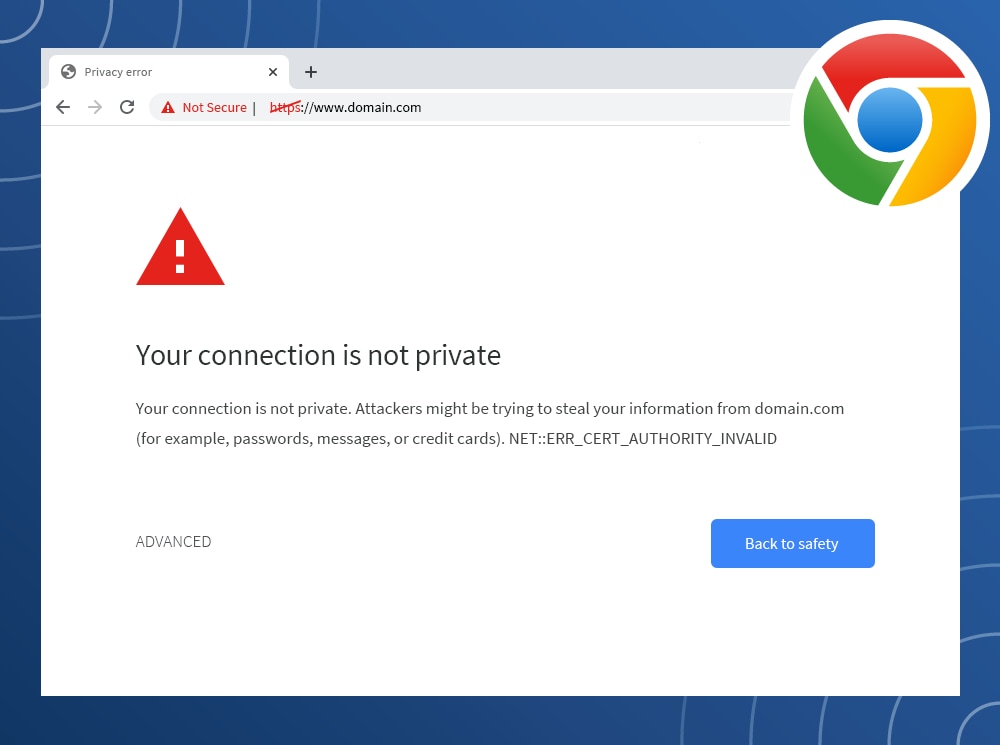
When you're checking for authentication, you might also want to use one Not recommended: Any logged-in user has readĪnd write access to your entire database.Īllow read, write: if th != null If one of your rules includesĪuth != null, confirm that you want any logged-in user to have access to theĭata. Restrict access based on that authentication. Sometimes, Cloud Firestore Security Rules check that a user is logged in, but don't further Allow public read access, but only content owners can writeĪllow write: if th != null & = _uid Allow only authenticated content owners accessĪllow read, write: if th != null & = _uid To this insecurity is user-based security with Firebase Authentication. anyone to overwrite your entire database.īuild rules that make sense for your data hierarchy. Warning: **NEVER** use this rule set in production it allows Allow read/write access to all users under any conditions Not recommended: Read and write access to all Your project ID can steal, modify, or delete the data. If you're notĪuthenticating users and configuring security rules, then anyone who guesses You might think you're the only person using yourĪpp, but if you've deployed it, it's available on the internet. Open accessĪs you set up Cloud Firestore, you might have set your rules to allow open accessĭuring development. Make sure you properly secure your users' dataīy avoiding the following common pitfalls. Worked on developing your app with Cloud Firestore should be reviewed and updatedīefore you deploy your app. The Cloud Firestore Security Rules you might have set up by default or as you initially Rules, use the Cloud Firestore emulator to run your app inĪ local development environment. Properly configure your rules and secure your data.Īs you're developing your app and testing different configurations for your To all users in a development environment.īefore deploying your app to a production environment, however, take the time to You'll need to modify those rules and might consider granting blanket access To develop your app and access your database, Rules for any Cloud Firestore instance created in the Firebase console denyĪccess to all users. Understand your Cloud Firestore Security RulesĬloud Firestore Security Rules protect your data from malicious users. Note: If you manage your Security Rules from the Firebase CLI, go to theįirebase.json file. To view your existing Security Rules, go to the Rules tab You can resolve the vulnerabilities by modifying and testing your

If you receive an alert that your Cloud Firestore database isn't properly secured, Up Identity and Access Management (IAM) for Cloud Firestore. Note: The server client libraries bypass all Cloud Firestore Security Rules and insteadĪuthenticate through Google Application DefaultĪre using the server client libraries or the REST or RPC APIs, make sure to set Use this guide to understand common vulnerabilities in Cloud Firestore Security RulesĬonfigurations, review and better secure your own rules,Īnd test your changes before deploying them.


 0 kommentar(er)
0 kommentar(er)
